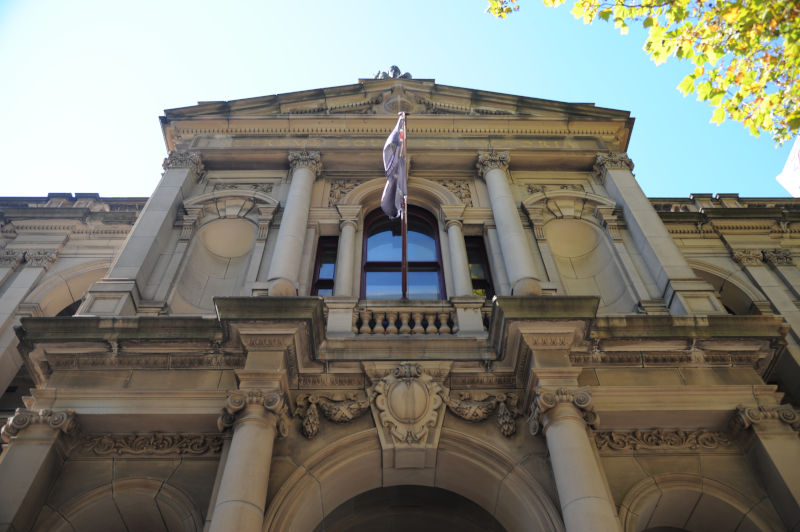Dr Chris Brook: Courts getting science wrong: Again
June 26, 2022
Should forensic science be scientific? Seemingly not, if you ask the Victorian Court of Appeal.
On June 7, the Victorian Court of Appeal dismissed the appeal of Jesse Vinaccia against his conviction for child homicide, found guilty of shaking a three month old baby. Shaken Baby Syndrome, also known as Abusive Head Trauma, is a controversial subject in medicine. Its diagnosis is made by the presence of a ‘triad’ of physical findings and the absence of any other known cause of those findings.
In 2017, a Swedish governmental organisation, the SBU, undertook an exhaustive two year review of the science behind SBS/AHT. The SBU is Sweden´s medical assessment organisation tasked with assessing drugs, medical procedures and the like, to identify those backed by scientifically valid evidence, and hence safe to be used in its hospitals and by its doctors. The SBU is one of the oldest such organisations in the world. It has immense expertise in scientific methodology, with in-house experts in helping guide every study, ensuring strict adherence to best methodological practice.
That two year study concluded that there is only ‘low quality’ scientific evidence that shaking can be associated with the types of injuries seen in the Vinaccia case, and ‘very low quality’ scientific evidence that a diagnosis of abuse can be made by reference to such injuries. Such a diagnosis was the basis of the conviction of Vinaccia.
The majority decision in the dismissal of Vinaccia´s appeal stated that the Swedish SBU report is ‘radical in its approach and conclusions’. The majority decision also stated that the SBU ‘seeks to set aside decades of study of the consequences of AHT and the wide-spread acceptance that AHT may cause the constellation of clinical features known as the ”triad”´ (as found in the Vinaccia case). The two judges (non-scientists) also made the startling comment that ‘even if the evidence of the Scandinavian witnesses represents a respectable body of scientific opinion, which we doubt…’
Scientifically, the SBU is mainstream, as far from radical as it gets. The reason the SBU report rejected so many SBS/AHT studies performed over the past 50 years is simple: they lack evidence that meets standard scientific criteria. So the majority judgement in Vinaccia is saying that it is radical to require forensic science to apply scientific standards for evidence. We agree. As detailed in our recent peer reviewed article on the ongoing problems of forensic science in Australia, non-scientific forensic science is so ubiquitous in our system, and the problems are so ingrained, that such a requirement that forensic science actually be scientific could indeed be described as radical.
Dr. Chris Brook is a scientist who has a law degree, and increasingly writes on the problems the law has in understanding and applying science.
Prof. Anders Eriksson is a pathologist from Umeå University, Sweden, and is an author of the SBU report into Shaken Baby Syndrome.
Prof. David Balding FAA is Professor of Statistical Genetics at the University of Melbourne, and Director of Melbourne Integrative Genomic. Balding has regularly provided testimony related to DNA probabilities in UK and Australian courts
Dr. Chris Brook Universidad de La Laguna Instituto de Astrofísica de Canarias

